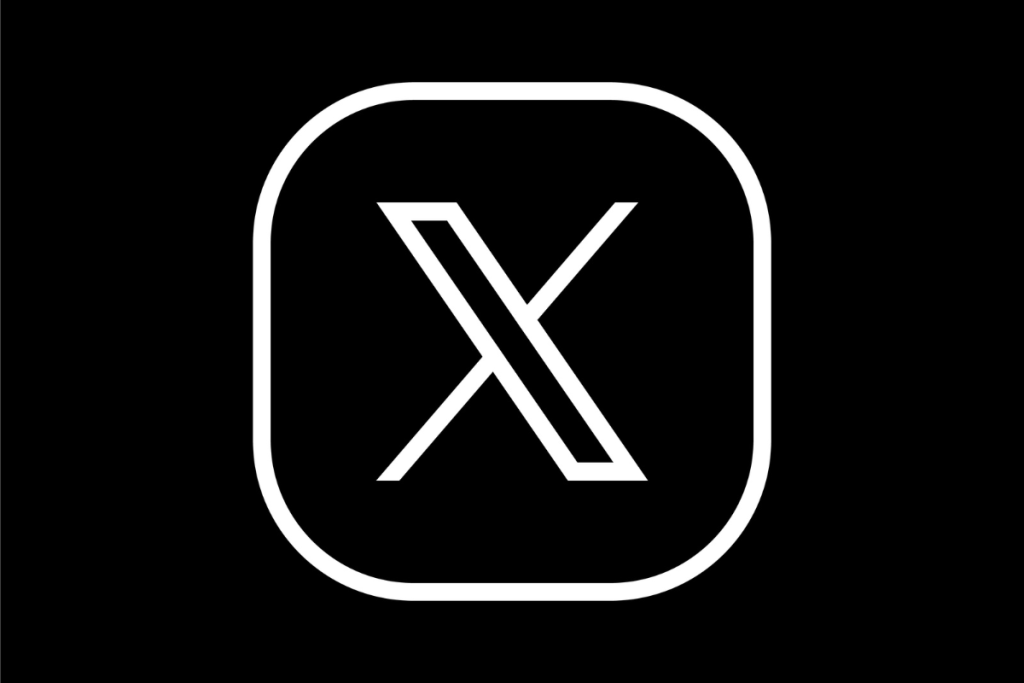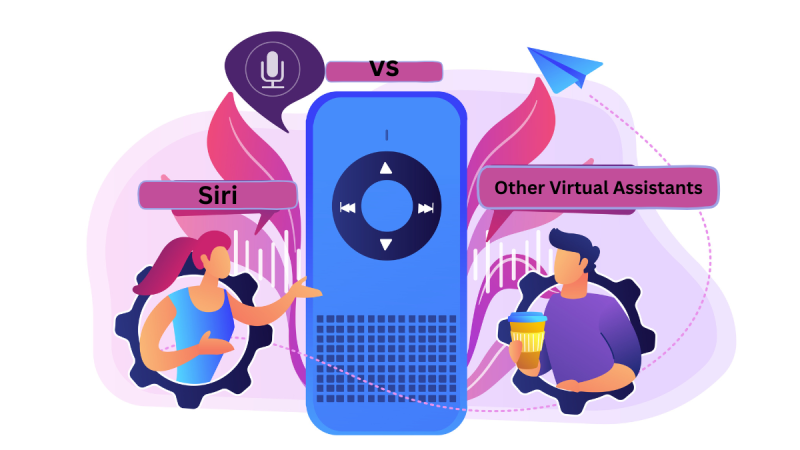Introduction
The IT and marketing community took notice when Elon Musk declared that Twitter would change its name to “X.” The change, which transformed a popular social media platform into a “everything app,” suggested greater goals than only a new moniker. Even after the rebranding was implemented some months ago, many users continue to question if there has been any real change or if “X” is merely Twitter with a new logo. Twitter changed, and the true effects of the rebrand are just beginning to show in user experience, brand perception, and SEO impact.
Why Did Twitter Rebrand as X?
The letter “X” has been a staple in Elon Musk’s branding strategy from SpaceX to X.com, his initial online banking project that eventually evolved into PayPal. For Musk, “X” represents something larger, limitless, and adaptable. The announced objective of renaming Twitter was to change it from a microblogging platform into a wider digital ecosystem. Musk and his team have suggested upcoming features such as embedded payments, shopping, extended video content, and additional super-app functionalities influenced by China’s WeChat. This rebranding seeks to change views: from an exclusive social platform to a versatile online environment. It remains uncertain if the new identity will fulfill that promise.

How the User Experience Changed
Until now, the everyday user experience on X feels mostly known. Essential tasks sharing brief updates, responding, and reposting (previously known as retweeting) stay unchanged.
Nonetheless, slight alterations can be observed:
- Twitter changed: branding evolved as the iconic blue bird was replaced by a sleek X logo.
- New subscription features: Models such as X Premium enhance user capabilities for editing posts, increased visibility, and obtaining verification.
- There’s a greater emphasis on long-form articles, video content, and even audio broadcasting.
- Algorithm adjustments: Musk’s advocacy for “free speech” and open dialogue has altered the way posts are displayed, promoting various kinds of content and creators.
For certain individuals, the alterations seem invigorating. For some, they confuse the distinction between Twitter’s initial charm brief, immediate updates and the new identity’s wider goals.
What Prompted the Rebrand?
In addition to brand preference, the transition to X signifies both strategic and financial objectives.
Firstly, the challenges faced by Twitter regarding ad revenue under Musk’s leadership have necessitated a push for diversification. By transforming into an “everything app,” X seeks to create new revenue opportunities ranging from creator subscriptions to digital payment solutions.
The rebranding of Twitter, X, marks a cultural reset, allowing the platform to redefine itself without traditional standards and expectations, distancing it from controversies.
Key Features That Have Evolved
Not all modifications are merely superficial. Several significant new directions encompass:
- X has proposed the introduction of peer-to-peer payment functionalities, although not yet fully implemented, which could potentially compete with fintech services.
- Creator Economy: An increase in tools for creators to monetize their posts and longer-form videos indicates a strategic move towards competing with platforms like YouTube or Substack.
- AI and Automation: Anticipate a more seamless incorporation of AI moderation, automatic translations, and enhanced feed algorithms.
- Community Notes: The crowdsourced fact-checking feature has broadened its scope to provide context for posts and address misinformation.
- Verified Access: Paid verification has shifted the blue checkmark from status symbol to a subscription-based feature.
Some of these features have received mixed feedback. Some say it ruined Twitter; others call it evolution.
Does the Rebrand Affect SEO & Visibility?
Altering the brand name of a platform that has garnered millions of mentions and backlinks inherently involves SEO risks. Still twitter.com, but branded as X causing brief confusion.
Key SEO implications:
- Search Intent: Users continue to search for “Twitter” significantly more than “X.” This disparity could lead to confusion among users and algorithms if not managed with care.
- Brand Mentions: Publishers, journalists, and users persist in referring to “Twitter” out of habit, which impacts brand consistency.
- App Stores: Rebranding in application listings necessitates the rebuilding of keyword rankings for “X,” while hoping for a swift adaptation from users.
- Backlink Value: Existing backlinks with anchor text such as “Follow us on Twitter” remain relevant, but may gradually change over time.
Ultimately, if the rebranding is successful, “X” will need to position itself as a keyword and brand search term independently.
Conclusion
The shift from Twitter to X is not just a superficial rebranding it serves as a trial to see if a traditional social network can transform into something bigger, more adaptable, and pertinent for the coming decade of online engagement. Currently, numerous changes seem nuanced, yet the vision behind X suggests a larger transformation: social media evolving into cohesive environments for news, transactions, entertainment, and employment.
For professionals, marketers, and creators, this development is important to monitor closely. The tools, features, and audience interactions on X may change significantly in the coming years and those who adopt early usually gain the most advantages.
If you’re looking to modify your brand voice, recruit remote social media experts, or expand on new platforms like X, Wiraa, an international remote job platform can assist you in locating skilled individuals who know how to manage and utilize these changes effectively. In the evolving digital environment, maintaining adaptability and solid support is essential.




